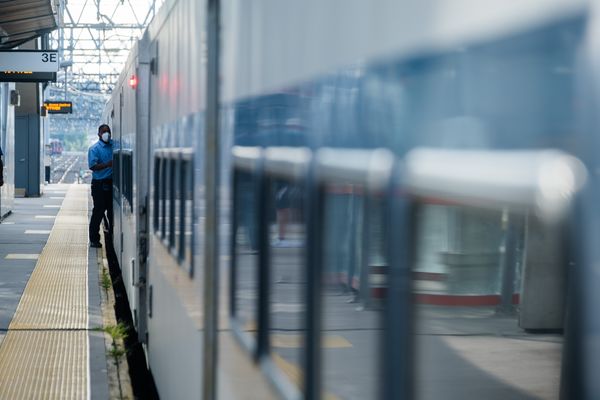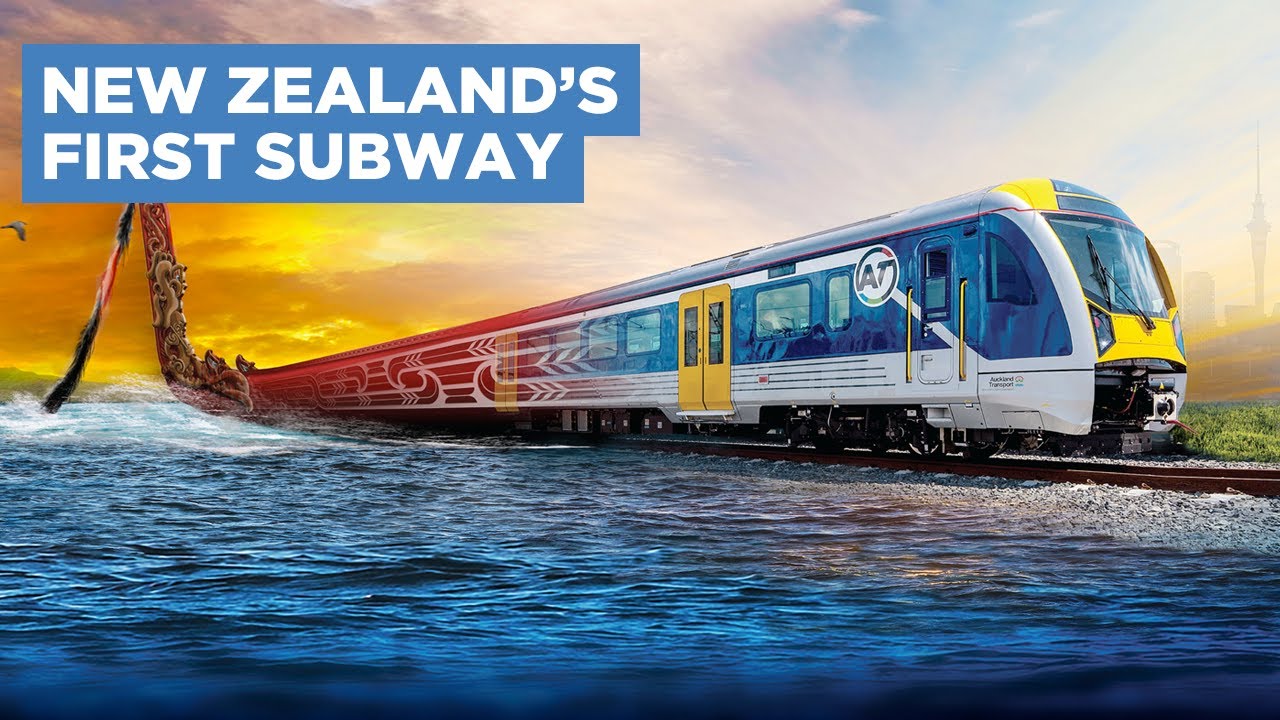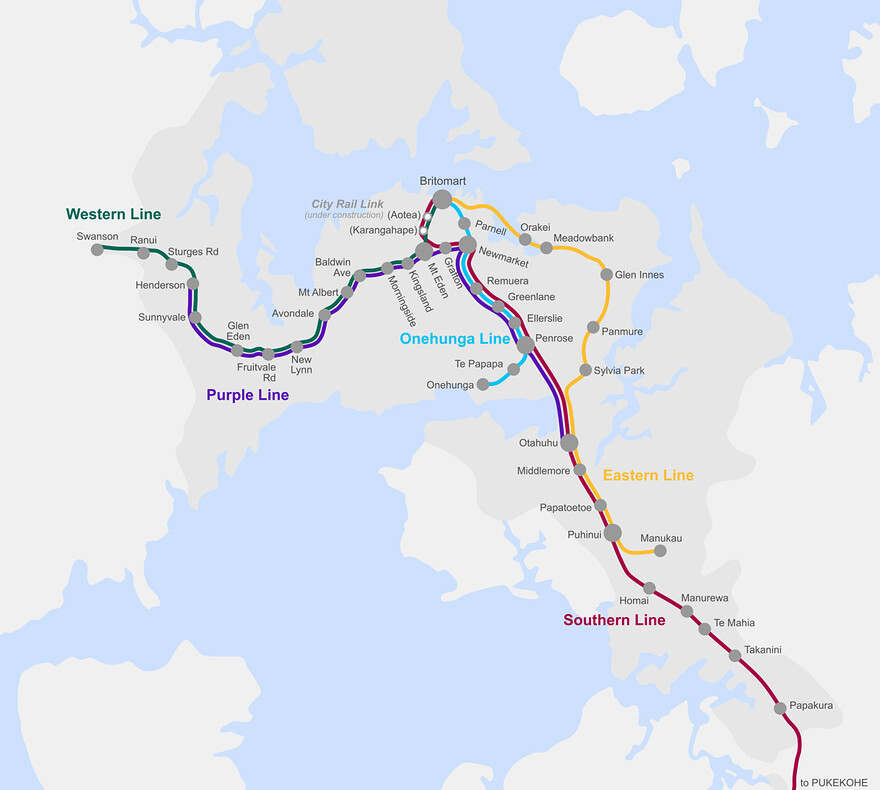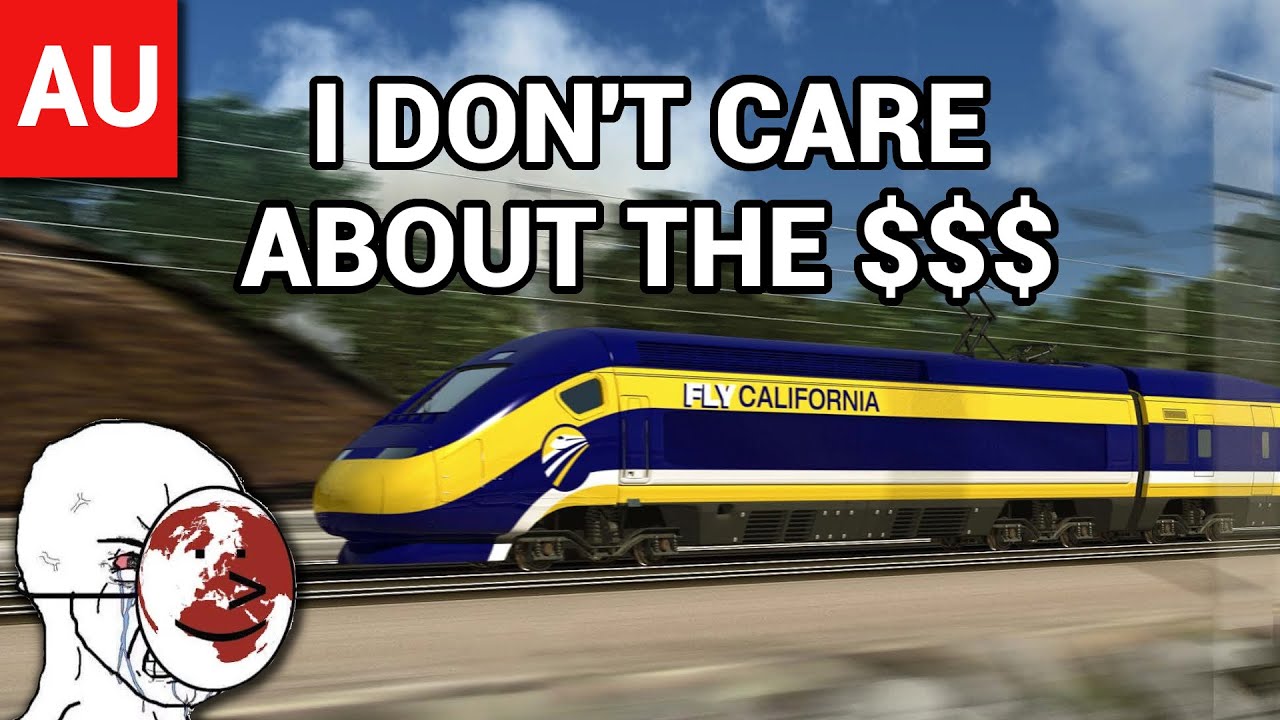Si je comprend bien, le métro de Washington a des fréquences comparables à un train de banlieue dans certains cas éloignés par contre. Mais bon, oui, c’est un très bon réseau pareil.
They may have more stations and lines, but given the sprawling nature of the capitol region, is WMATA’s Metro actually good coverage? It’s less of their fault and more of a planning fault, but segments like the WMATA eastern orange line is a lot of park and rides, stroads and a whole lot of nothing. Same for the eastern green and blue/silver lines.
On the western side in Virginia its a bit better, but even their “transit oriented” areas are kinda car first. The rest is mostly highway medians and easy right of ways, with park and rides. So yes, you can get across the region, but I think the ridership is telling. STMs metro beats WMATAs handily in that category, so I’d consider that the STM does a better job meeting people’s needs in terms of where they want to go
Yep. They’ve even built a series of toll lanes in the middle of the highway. Washington is definitely a car centric city.
MONTRÉAL, le 26 janv. 2023 /CNW Telbec/ - SNC-Lavalin, une société spécialisée en gestion de projet offrant des services professionnels entièrement intégrés et exploitant des bureaux dans le monde entier, est fière d’annoncer qu’elle a été nommée partenaire de réalisation pour la ligne verte du train léger sur rail (TLR) de la Ville de Calgary, le plus important investissement en infrastructure de l’histoire de la ville.
SNC-Lavalin s’appuiera sur son expertise technique et commerciale de mégaprojets complexes pour soutenir la réalisation de la phase 1 du projet de ligne verte du TLR de Calgary, un réseau de transport en commun de 18 km reliant les lignes actuelles Rouge et Bleue du TLR et de quatre itinéraires desservis par MAX BRT. Le mandat du consortium dirigé par SNC-Lavalin consistera assurer des fonctions du projet comme la gestion commerciale, le soutien technique, les contrôles de projet et la gestion de la construction.
Ce n’est pas un tunnel au milieu de nulle part, c’est un tunnel pour rattacher le centre-ville au réseau ferré existant qui passe majoritairement en périphérie:
In the sense that New Zealand is quite remote for most I’m guessing.
Haaaaaa peut-être bien ^^.
Exactement:
On dirait que tout le monde peut construire pour beaucoup moins cher que nous… Même des néophytes (1er métro) au milieu de nulle part. ![]()
À NYC
New Metro-North Rail Service to Penn Station Postponed by Seven Months
-
Commuter-rail line expansion to finish by October 2027
-
Riders will save up to 50 minutes each way with new service

A conductor boards a train at the Metro-North station in Stamford, Connecticut.
Photographer: Gabriela Bhaskar/Bloomberg
By
Michelle Kaske
January 30, 2023 at 12:39 PM EST
A $2.9 billion project to extend Metro-North Railroad service into New York City’s Penn Station has been delayed by about seven months, Metropolitan Transportation Authority officials said Monday.
The hold up is because the MTA relies on the owner of the existing tracks, Amtrak, to allow access to those lines during construction. While the MTA has a deal with Amtrak to open up the tracks and provide staffing, it has yet to fully deliver on that commitment, Jamie Torres-Springer, president of the MTA’s Construction & Development, said Monday during a monthly committee meeting.
“They have been unable to live up to this agreement to date, and we have ensured that they have been on notice of that, Torres-Springer said during the meeting. “The good news is that Amtrak acknowledges these problems and in part, due to that strong agreement that we negotiated with them, they’re working collaboratively with us on a recovery schedule.”
Metro-North operates through Grand Central Terminal on Manhattan’s east side. The Penn Station Access project is now set to finish October 2027 instead of March of that year. It will shorten commute times by about 50 minutes each way and connect the East Bronx, New York City’s northern suburbs and Connecticut to Manhattan’s west side.
The project includes building four new accessible stations in the Bronx and upgrade Amtrak’s Hell Gate line. Amtrak didn’t have an immediate response to the MTA’s comments on the delays.
The MTA, the largest US public transit agency, wants to avoid potential cost overruns. A similar problem with Amtrak resulted in about $1 billion of additional expense to bring Long Island Rail Road service to Grand Central, which began last week, Janno Lieber, the MTA’s chief executive officer, said during the meeting.
That project, called East Side Access, required the MTA to rebuild Harold Interlocking in Queens, the nation’s busiest rail interlocking and part of Amtrak’s Northeast Corridor line.
“We have delay,” Lieber said. “We have a repeat of that Harold Interlocking dynamic, but we have legal rights and none of us wants to exercise them. Amtrak is our partner and in fairness they’ve been trying to improve.”
We often close roads or create diversions that last for months for various construction work. Here’s how they do it in the UK.
Lol HS2 phase 1 is less than 200 km, and is projected to cost £42 Billion (~CA$68 Billion). Someone needs to explain to me how we’ll get a phase 1 HSR between Montreal and Toronto, 500 km, for $12-18 Billion…
They are tunneling through London again and adding several green tunnels (cut and cover). Of course its going to be expensive. There’s also 10 platforms at Euston, the complete reconstruction of Old Oaks Commons…
I’m assuming that not building brand new tracks underground in the middle of the forest should help and not building stations as massive as London’s terminal station should help.
Here’s another interesting video. I remember a while back we had an argument about central platforms and how they require trains to slow down. In this video at 1:32:20, you can see a train driving at 100km/h right through one of those central platform station. It is actually quite a pretty station, with planters in the middle of the platform. For regional / commuter trains, that’s more than acceptable. There are several other exemples of central platforms in this video.
So you’re saying we should half-ass it again, as usual. Got it.
I mean, is it that or does the UK follow the general trend (most extreme in the anglosphere countries) of massive overbuilding, to the point where budgets become unmanageable?
So you’re saying we won’t do that (for the first time in a century)?
Nono, we are definitely one of the worst offenders lol. I thought you were trying to say that was the non half assed way of doing it
Just wait until we see the massive cavernous mezzanines of the blue line extension. 6 billion will make sense very quickly




